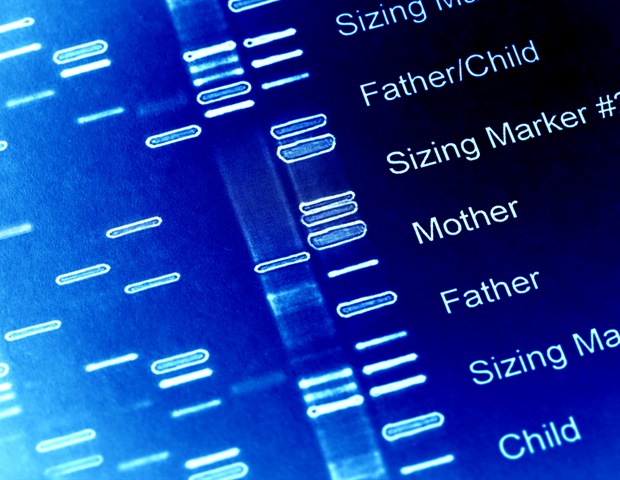
[ad_1]

Researchers at Lund College, along with colleagues on the NIST Synchrotron Facility within the USA, have mapped on an atomic stage what occurs in a virus particle when the temperature is raised.
“When the temperature rises, the virus’s genetic materials adjustments its type and density, turning into extra fluid-like, which ends up in its speedy injection into the cell,” says Alex Evilevitch a researcher at Lund College who led the research.
Viruses lack their very own metabolism and the flexibility to copy independently; they’re solely depending on a number cell to multiply. As a substitute, the virus hijacks the inner equipment of the contaminated cell to supply new virus particles, that are then launched and unfold to contaminate different cells.
Normally, the virus’s genetic materials, DNA, is enclosed inside a protecting protein shell referred to as a capsid. A analysis group at Lund College is working to grasp the method by which the virus ejects its genetic materials from the capsid and into cells and what causes the virus’s DNA to be launched. All of it started with a research printed in 2014, the place the Lund College researchers noticed that there appears to be a sudden change within the virus’s genetic materials when uncovered to the an infection temperature, round 37 levels.
The extra we raised the temperature, the stiffer the virus’s DNA grew to become. After which all of the sudden, on the an infection temperature, one thing occurred. It was as if there was no DNA left within the virus particle – the stiffness disappeared.”
Alex Evilevitch, professor of cell biology at Lund College
Can change within the surrounding temperature have an effect on the unfold of the virus’s DNA? The research garnered important consideration within the analysis group, however detailing what happens has been a problem and time-consuming. As an experimental mannequin, the researchers examined what occurs when exposing phage viruses – viruses that assault micro organism – to temperature will increase.
“Observing the looks of DNA in a virus particle isn’t one thing that may be carried out in a snap. Their genetic materials is delicate, troublesome to picture, and furthermore, phage viruses are very small – roughly ten instances smaller than a bacterial cell. Nonetheless, with the assistance of the synchrotron analysis facility NIST in Maryland, USA, and due to a particular grant from the Swedish Analysis Council, we had been finally in a position to make use of neutron mild to picture the construction of phage virus DNA and its density contained in the capsid and see how these modified at completely different temperatures,” defined Alex Evilevitch.
Within the present research, now printed in PNAS, they show that the ambient temperature performs an important position when the capsid opens, and “DNA bursts out” and enters the cell. The cell turns into contaminated in order that phage virus particles can divide and unfold to adjoining bacterial cells.
“We now have additionally noticed that the change within the DNA construction is straight linked to how efficient the virus is at infecting the host cell”, commented Alex Evilevitch.
The researchers’ curiosity in understanding extra about how the virus’s capsid and DNA work is partly to grasp how DNA and RNA may be packed into such extremely small volumes and the way it may be injected so quickly into the cell throughout the an infection.
“This gives us with a larger understanding of how rapidly DNA can exit the virus and enter the cell and could also be related for the way one can flip a virus on and off – the basic precept for growing new antiviral brokers. It might even have significance for the way nucleic acids are packaged for gene remedy functions,” stated Alex Evilevitch.
Can the research be interpreted as increased physique temperature rising the danger of an infection unfold?
“The outcomes level in that route. The construction of the virus’s genetic materials and its mechanical properties change already when the physique temperature rises to 37 levels. We additionally see {that a} temperature improve impacts the pace of virus unfold. Nonetheless, we have now up to now demonstrated this solely in cell tradition in our laboratory, and future research are wanted, considering different components that have an effect on the course of an infection, such because the immune response.”
Supply:
Journal reference:
Valencia, J. R. V. (2023). Temperature-induced DNA density transition in phage λ capsid revealed with contrast-matching SANS. Proceedings of the Nationwide Academy of Sciences. doi.org/10.1073/pnas.2220518120.
[ad_2]